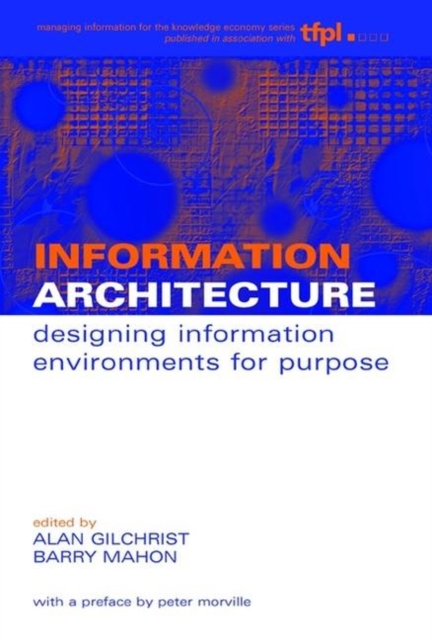
Information Architecture : Designing Information Environments for Purpose Hardback
Edited by Alan Gilchrist, Barry Mahon
Hardback
Description
The advent of the computer has facilitated an exponential growth in the tools and techniques for manipulating information.
Much of the development has been ad-hoc, driven by general management practises of gaining productivity and efficiency through the greater use of computers.
Little attention has been paid to the broader issues of coherence and co-ordination of the information increasingly used to drive modern organizations. This book addresses these broader issues. It starts from the perception that information systems and sources need to be designed within a framework, an architecture, which requires a detailed understanding of the roles of the information and the tools to manipulate it, within the organization.
The different elements of the architecture are described and analysed and the necessity to undertake detailed and continuous research into developments in computer hardware, software and in information management is emphasised.
In addition, the roles of the various parties, general management, computing personnel and information professionals as joint owners of the information architecture are analysed. Chapters include:overview of information architecture;hardware, networks and software;the need to plan IT environments;working with IT personnel;the software environment;knowledge representation: taxonomies; classification; thesauri;interoperability: the semantic web; role of Markup; ontologies;the user interface; designing for users.
Readership: The primary audience is senior and middle managers in the information profession: this will include all professionals in the corporate information sector, including knowledge managers.
The book will also be of great interest to all students of information and knowledge management and also on business and IT-related courses.
Information
-
Available to Order - This title is available to order, with delivery expected within 2 weeks
- Format:Hardback
- Pages:256 pages
- Publisher:Facet Publishing
- Publication Date:25/10/2003
- Category:
- ISBN:9781856044875
Information
-
Available to Order - This title is available to order, with delivery expected within 2 weeks
- Format:Hardback
- Pages:256 pages
- Publisher:Facet Publishing
- Publication Date:25/10/2003
- Category:
- ISBN:9781856044875






